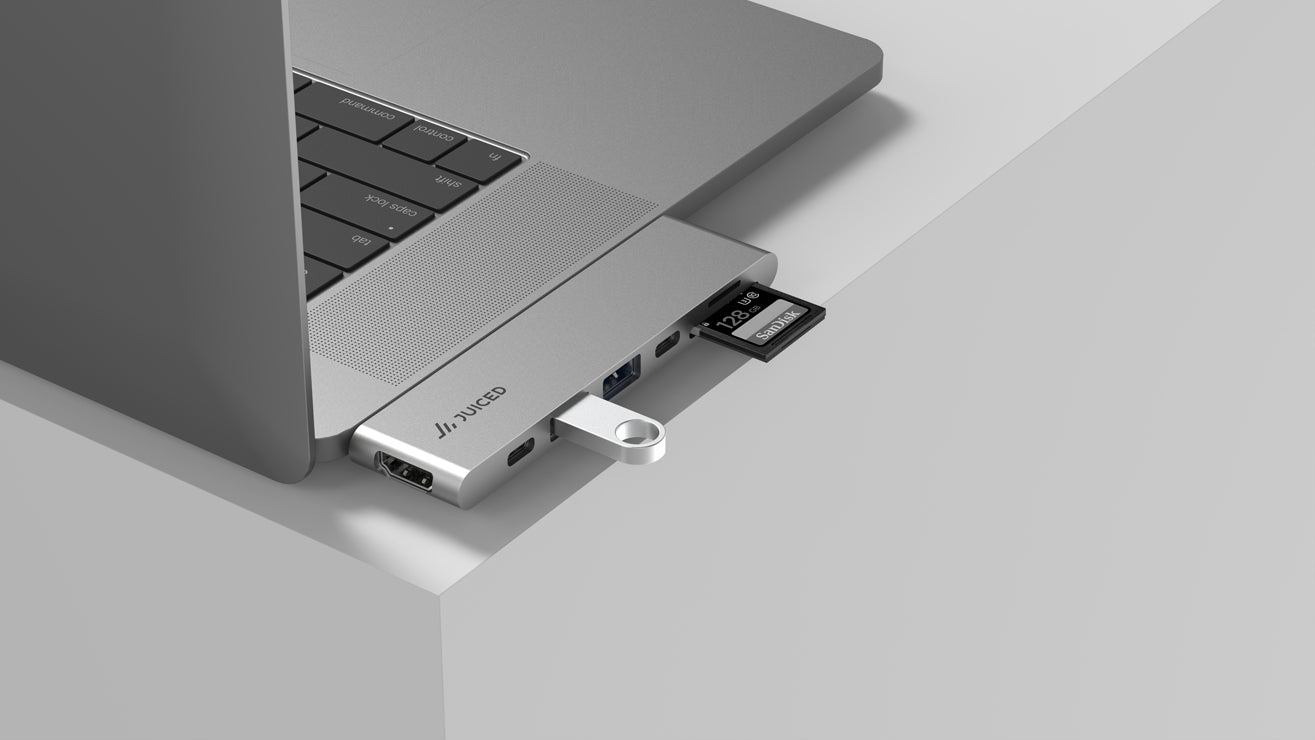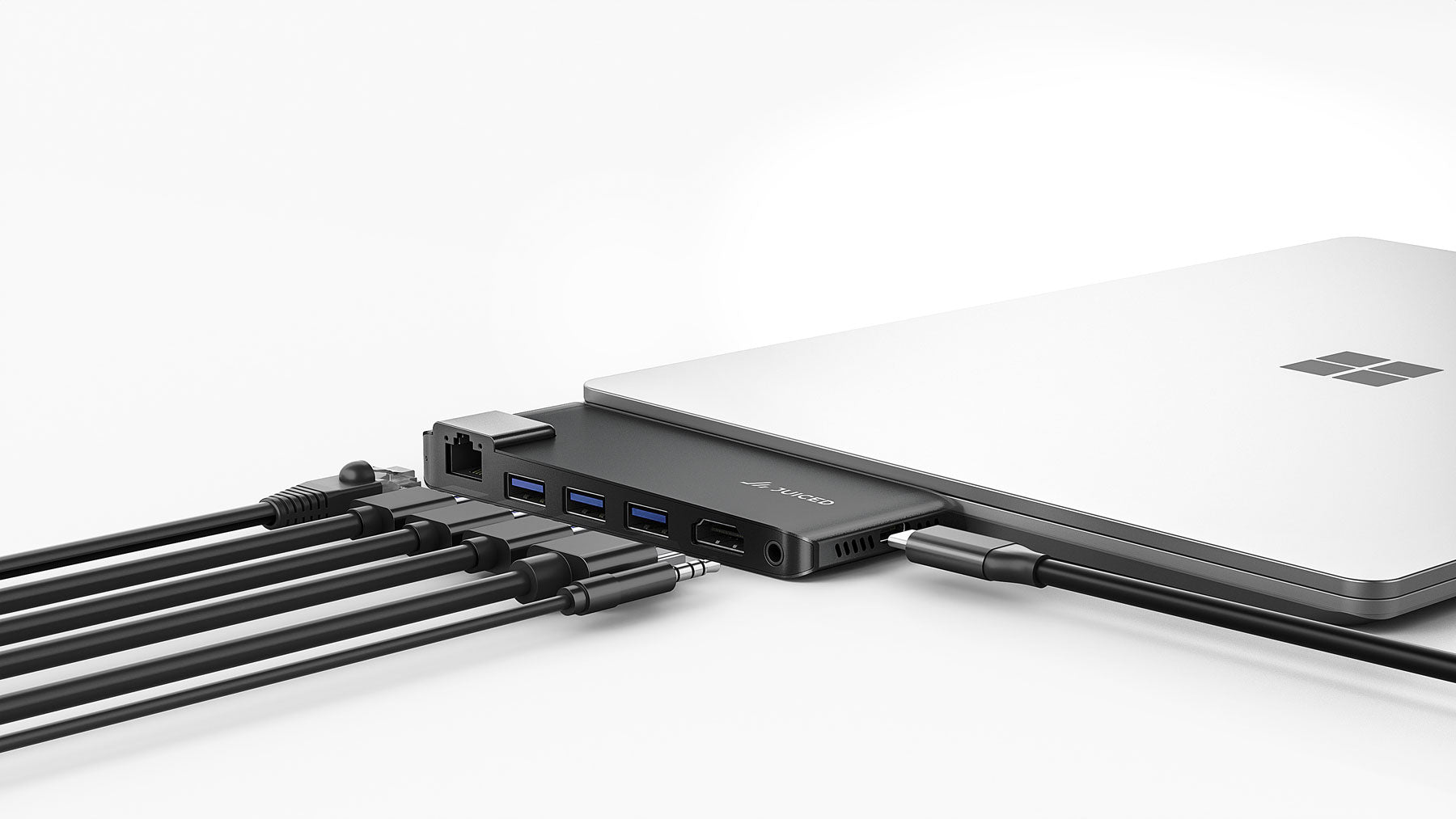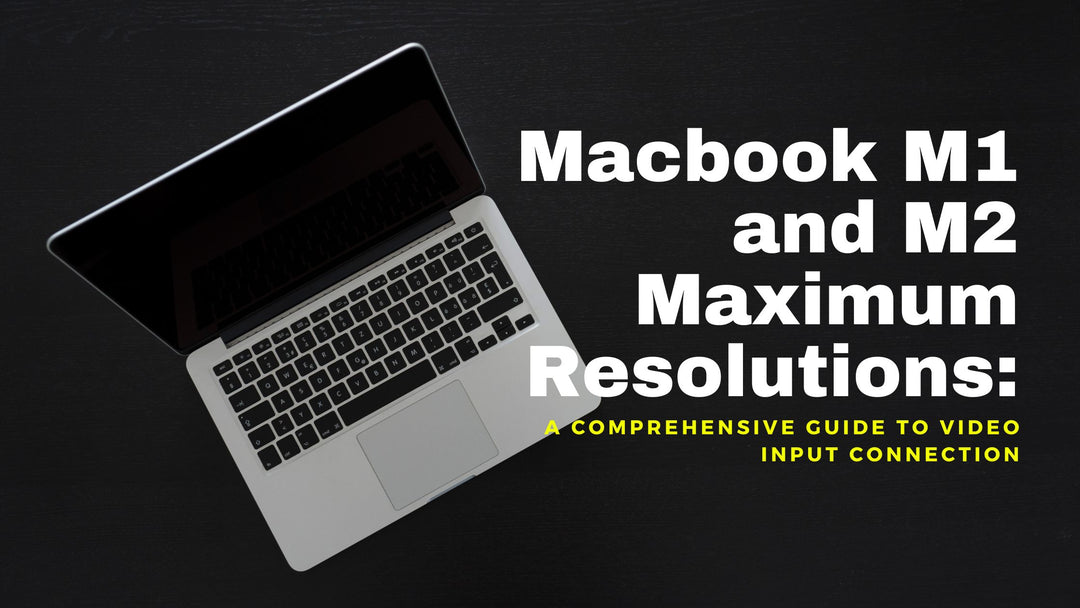Unraveling the DisplayPort vs HDMI : Your Ultimate Guide to Choosing the Best Display Interface
Table of Contents
- Introduction
- DisplayPort: An Overview
- HDMI: An Overview
- Comparing DisplayPort and HDMI
- Which One to Choose?
- Conclusion
In today's tech-driven world, choosing the right display interface is a crucial decision for users seeking to maximize the performance and visual quality of their devices. DisplayPort and HDMI are two widely-used interfaces that transmit video and audio signals from a source device to a display. In this article, we will compare DisplayPort and HDMI to help you decide which one is better for your specific needs.
DisplayPort is a high-performance digital display interface developed by the Video Electronics Standards Association (VESA). It was designed to replace VGA and DVI interfaces, offering increased bandwidth and support for high-resolution displays. DisplayPort is commonly found on computers, laptops, monitors, and some gaming consoles.
High-Definition Multimedia Interface (HDMI) is a widely-used interface for transmitting video and audio signals between devices. Developed by the HDMI Founders, it is commonly found on devices such as TVs, gaming consoles, projectors, and home theater systems. HDMI has gained popularity due to its ability to support high-resolution video and multi-channel audio.
Comparing DisplayPort and HDMI
DisplayPort vs HDMI Comparison Table| Feature | DisplayPort | HDMI |
|---|---|---|
| Resolution & Refresh Rate | Up to 8K @ 60Hz (DP 2.0) 4K @ 240Hz (DP 2.0) |
Up to 10K @ 120Hz (HDMI 2.1) 8K @ 60Hz (HDMI 2.1) |
| Audio Support | Up to 32 audio channels (DP 1.2) | Up to 32 audio channels (HDMI 2.1) eARC support (HDMI 2.1) |
| Cable Length | 3 meters (4K @ 60Hz) 15 meters (1080p @ 60Hz) |
5 meters (4K @ 60Hz) 20 meters (1080p @ 60Hz) |
| Connector Types | Standard DisplayPort Mini DisplayPort |
Type A (standard HDMI) Type B (dual-link HDMI) Type C (mini HDMI) Type D (micro HDMI) Type E (automotive HDMI) |
| Adaptive Sync | Adaptive Sync (FreeSync compatible) | Variable Refresh Rate (VRR) (FreeSync and G-Sync compatible) |
Both DisplayPort and HDMI offer unique advantages and disadvantages. Let's compare their features to help you make an informed decision.
DisplayPort generally offers higher resolutions and refresh rates compared to HDMI. DisplayPort 2.0, the latest version, supports up to 8K resolution at 60Hz or 4K resolution at 240Hz. On the other hand, HDMI 2.1, the most recent version, supports up to 10K resolution at 120Hz or 8K resolution at 60Hz. However, the actual resolution and refresh rate depend on the specific device and cable used.
Both DisplayPort and HDMI can transmit high-quality, multi-channel audio. DisplayPort 1.2 supports up to 32 audio channels, while HDMI 2.1 supports up to 32 audio channels and includes enhanced audio return channel (eARC) capabilities for improved audio quality in home theater setups.
When it comes to cable length, DisplayPort has an advantage. DisplayPort cables can be up to 3 meters (9.8 feet) long for 4K resolution at 60Hz or up to 15 meters (49.2 feet) for 1080p resolution at 60Hz. HDMI cables, on the other hand, can be up to 5 meters (16.4 feet) long for 4K resolution at 60Hz or up to 20 meters (65.6 feet) for 1080p resolution at 60Hz. However, using active cables or signal boosters can extend these distances for both interfaces.
DisplayPort and HDMI each have their own distinct connector types. DisplayPort connectors come in two sizes: standard DisplayPort and the smaller Mini DisplayPort. HDMI connectors are available in five types: Type A (standard HDMI), Type B (dual-link HDMI), Type C (mini HDMI), Type D (micro HDMI), and Type E (automotive HDMI). The availability of these different connector types allows for a wide range of devices to be connected using DisplayPort or HDMI cables.
Adaptive sync technology is essential for gamers, as it helps to minimize screen tearing and stuttering by synchronizing the display's refresh rate with the output of the graphics card. DisplayPort features Adaptive Sync, which is the open standard behind AMD's FreeSync technology. HDMI 2.1 introduced support for Variable Refresh Rate (VRR), which is equivalent to Adaptive Sync and is compatible with both AMD's FreeSync and NVIDIA's G-Sync technology.
The choice between DisplayPort and HDMI depends on your specific needs and the devices you plan to use. DisplayPort is generally better suited for computer monitors and professional applications due to its higher bandwidth, resolution, and refresh rate capabilities. On the other hand, HDMI is ideal for home theater systems, TVs, and gaming consoles because of its widespread compatibility and support for high-quality audio and video.
In conclusion, both DisplayPort and HDMI are versatile and powerful display interfaces, each with its own strengths and weaknesses. DisplayPort offers higher bandwidth and resolution capabilities, making it the better choice for professional applications and computer monitors. HDMI is more prevalent in consumer electronics and is ideal for home theater systems, gaming consoles, and TVs. Ultimately, the choice between DisplayPort and HDMI depends on your specific requirements and the devices you intend to use.








